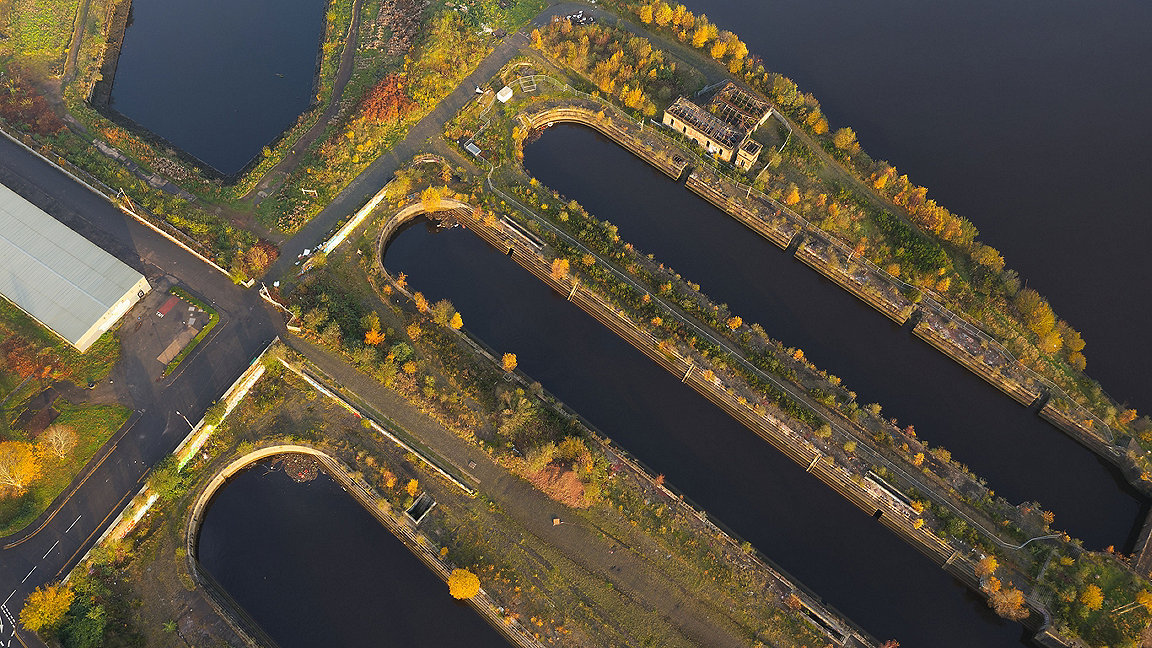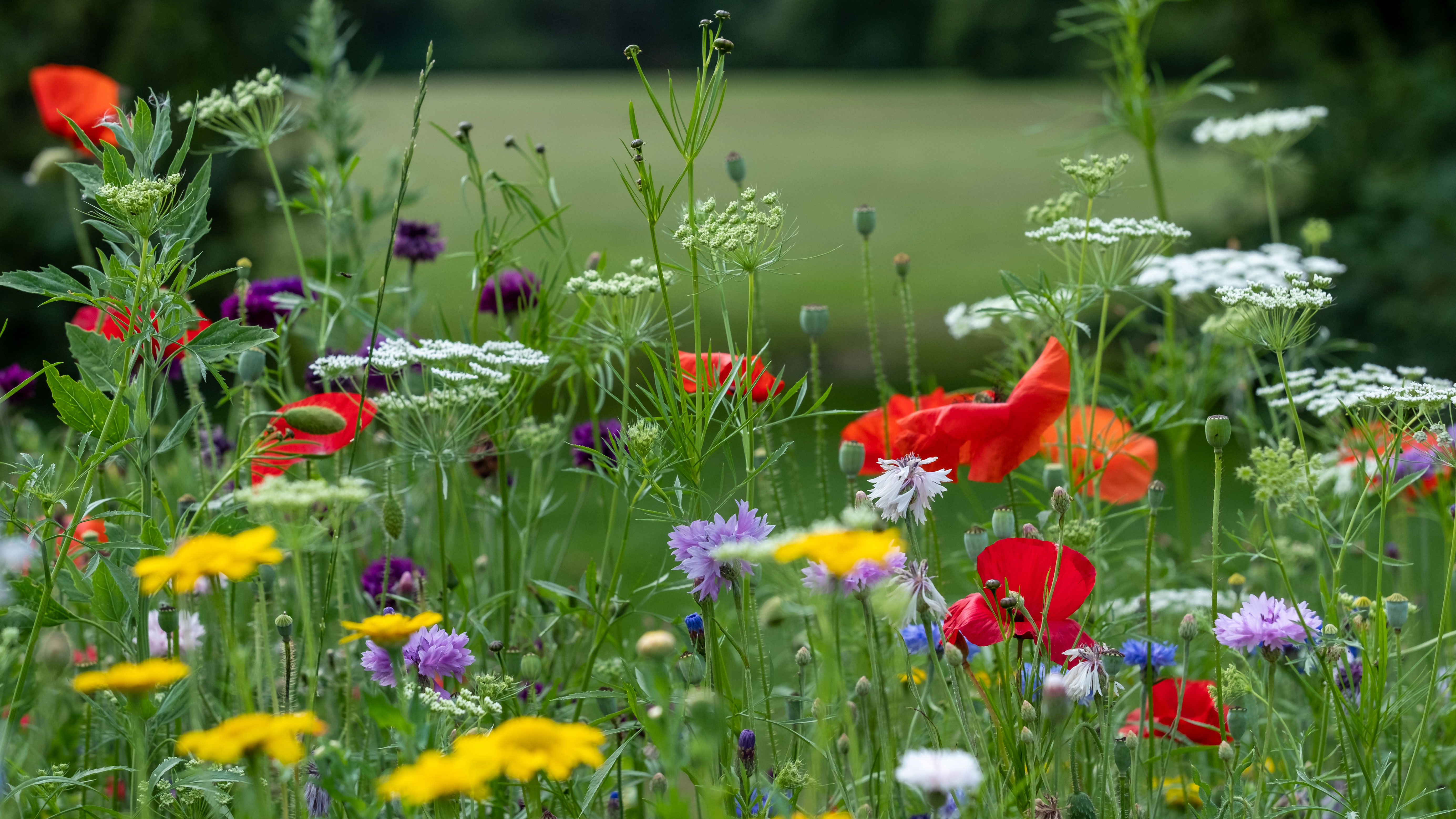
On 30 September 2022, Part 7 of the Environment Act 2021 came into force. This means it is now theoretically possible in England to enter into conservation covenants where responsible bodies have been appointed by the secretary of state.
Private, voluntary agreements between landowners and a 'responsible body', these are intended to provide a lasting natural conservation benefit for the public good.
A covenant creates positive and restrictive obligations in respect of freehold and leasehold land for a term of more than seven years that binds all subsequent owners, either until a specified term expires or in perpetuity.
Tool to redress biodiversity decline
The UK is one of the most nature-depleted countries in the world. According to a study by the Natural History Museum in 2020, the UK has only half the biodiversity that existed before the Industrial Revolution, putting it in the bottom 10% of countries in this regard. Much of this depletion has taken place in the past 50 years and includes, for example, the loss of:
- 44m breeding birds between 1966 and 2008, at an average rate of a nesting pair every minute; 600m breeding birds have been lost across the EU and UK since 1980
- 97% of the UK wildflower meadows, home to 1,400 species of pollinators and other insects, over the past 90 years
- 90% of the UK's wetland habitats over the past 100 years.
In the attempt to halt and reverse these declines, we are increasingly relying on legal tools. However, English law has so far lacked a legal mechanism specifically designed to give individuals, communities, corporations, developers and public bodies the means to protect land from harm in perpetuity as well as ensure that it is positively managed for the benefit of conserving and enhancing nature.
Other legal mechanisms have been used for this purpose, including section 106 agreements in a planning context. Yet to varying degrees these are limited in number and scope, or can only be used by specific bodies such as the National Trust or Natural England.
This is why the Law Commission first proposed the concept of conservation covenants in a 2014 report. As part of its wider research on the law of easements, the commission recognised the need for a legal mechanism dedicated to conservation that was available to everyone. The covenants are designed to be widely available and readily tailored to specific circumstances.
Variety of uses for covenants
Conservation covenants may be used in a number of scenarios. A 2019 Department for Environment Food & Rural Affairs (DEFRA) consultation document suggested the following situations.
- Payment for ecosystem services: an area of woodland upstream of a river that passes near homes has helped mitigate localised flooding. After negotiations, the landowner agrees to continue with current land management practices, restoring and maintaining the woodland in return for a yearly payment. The obligations for management and payments are set out in a covenant between the landowner and the responsible body, appointed by the secretary of state.
- Altruism: a landowner has inherited extensive moorland that includes a crag much used by rock climbers. The owner intends to leave the land to his children, who plan to use a conservation covenant to ensure that the moorland is properly managed and that the public continues to have access to the crag.
- Alternative to land purchase for conservation organisations: a wildlife charity identifies that a plot of land is the habitat of a native bird species. It makes a financial offer to the landowner in return for the habitat being maintained. The landowner agrees. The conservation covenant sets out the obligations that the latter has to carry out to receive the offered payment.
- Disposals of land by conservation organisations: a heritage group has invested funds in buying and restoring a Victorian house. The organisation wishes to sell the land, but also to preserve the work it has carried out and the heritage value of the property. A conservation covenant ensures that future owners of the property maintain the improvements made.
- Securing heritage assets: a farmer who is also an amateur archaeologist has the buried remains of a Romano-British villa on her land. She is keen to protect it and agrees to take the land out of cultivation. She would like the appropriate management to be maintained after she has disposed of the land, and uses a conservation covenant to secure this outcome.
Securing BNG will be key
Another key use of conservation covenants will be to support provision of biodiversity net gain (BNG) in accordance with the 2021 Act. From November 2023, it will be mandatory for new developments requiring planning permission under the Town and Country Planning Act 1990 to provide at least 10% BNG. It is also anticipated that mandatory BNG will come into force in 2025 for nationally significant infrastructure projects given development consent under the Planning Act 2008.
Developers need to enhance habitats to enable biodiversity gains – also known as biodiversity units – in the red-line boundary of the development site or by relying on off-site gains. Units can also be purchased directly from the government using its credit scheme; however, this will be made deliberately expensive so as not to undermine the market for off-site biodiversity units.
Conservation covenants have two important roles in the new BNG legal regime.
- Where a developer wishes to rely on on-site biodiversity gains to meet or contribute to the requirement for at least 10% BNG, then the local planning authority may decide that those gains need to be managed or maintained for 30 or more years. If so, it may require a conservation covenant to secure that requirement legally. The alternative mechanisms for this purpose are a section 106 agreement or a planning condition.
- Where a developer wishes to rely on off-site biodiversity gains to meet or contribute to the 10% BNG requirement, then those biodiversity units must be listed on a register of off-site habitats maintained by Natural England. Habitats can only be included on the register if they are legally secured either through a conservation covenant or a section 106 planning obligation.
Responsible bodies to enforce agreements
As mentioned above, a conservation covenant is an agreement between a landowner and a responsible body. The responsible body regulates and enforces the promises made by the landowner under the agreement.
Under the 2021 Act, the secretary of state is named as the responsible body with whom landowners can enter into conservation covenants. However, it is highly unlikely that they will take an active role in this respect; instead, they will exercise their power under the act to designate other organisations that apply to become 'responsible bodies'. These can be:
- a local authority
- a public body or charity, where at least some of its main purposes or functions relate to conservation
- a private-sector organisation, where at least some of its main activities relate to conservation.
On receipt of such an application, the secretary of state must consider whether such an organisation is suitable to be designated a responsible body.
On 18 November, Department for Environment, Food & Rural Affairs (DEFRA) published guidance on getting and using a conservation covenant agreement, which said that to become a responsible body, an organisation will need to:
- have the resources, skills and expertise needed, including those necessary to monitoring and enforcing agreements
- ensure landowners are aware of the potential long-term implications of their conservation covenants, and that they have sought legal advice where appropriate
- have contingency arrangements for any unplanned changes that could affect the management of covenants
- comply with other applicable legislation, and consider relevant guidance when the covenant agreement is being created for a specific purpose, for example to secure BNG.
DEFRA also said that it would publish guidance early this year on how to apply to become a responsible body.
In practice, therefore, landowners can expect in due course to be able to choose which responsible bodies to work with, and be regulated by should they fail to comply with their obligations under conservation covenants. Being party to a covenant will mean, for example, allowing representatives of a responsible body to enter on to land to survey the condition of the features covered by that covenant.
Responsible bodies need to appreciate their duties
If conservation charities such as the RSPB or Wildlife Trusts become responsible bodies then they will take on a quasi-regulatory role with regards the enforcement of covenants. While some local authorities may be happy not to have to resource enforcement action themselves, responsible bodies will need to be clear about the demands of the role they are stepping into, including the various reporting requirements specified under the 2021 Act.
Such bodies can therefore decline an invitation from a landowner to enter into a conservation covenant if they think it likely to be too onerous. Furthermore, if the responsible body disappears – for example, it goes bankrupt or is abolished – then the secretary of state becomes the responsible body of last resort.
Conservation covenants can only be entered into if they are of a 'qualifying kind'. This means that they must either require the landowner to do or not do something or require the responsible body to do something on the land.
The covenant must also be for the purposes of conservation, meaning it must conserve, protect, restore or enhance:
- the natural environment or natural resources; providing BNG on land
- land as a place of archaeological, architectural, artistic, cultural or historic interest
- the setting of land with a natural environment or natural resources, or which is a place of archaeological, architectural, artistic, cultural or historic interest.
'Responsible bodies will need to be clear about the demands of the role they are stepping into, including the various reporting requirements'
Scope for covenant use to expand
If you work in the rural or development sector then you are likely to become familiar with conservation covenants as a commonly used tool. This is because developers in need of off-site BNG, or landowners looking to supply those units to them, will increasingly rely on such covenants to secure the provision of such enhancements.
BNG aside, there is also a great deal of scope for the covenants to be used innovatively in other contexts to provide a wide range of natural capital assets or ecosystem services. For example, conservation covenants could be used to:
- create habitats to mitigate the impact of development on legally protected nature conservation areas such as European-designated Special Areas of Conservation or Special Protection Areas, as well as Sites of Special Scientific Interest, by achieving nutrient neutrality or water neutrality
- legally require habitat creation or conservation projects that support carbon sequestration
- bind farmland for use in long-term, landscape-scale nature recovery projects or regenerative farming cooperatives.
As natural capital markets emerge, conservation covenants will provide the bespoke legal mechanism which will ensure their delivery.
Landowners need to consider the consequences of entering into a conservation covenant carefully. This is because long-term or multigenerational obligations will affect how land can be used as well as its value.
The tax – and other financial – consequences of entering into these obligations will also need careful consideration. With regard to this, the DEFRA guidance only says that landowners will need to 'seek [their] own advice from a financial adviser'. The availability of conservation covenants will also depend on organisations applying for responsible body status.
In the short term, the novelty of conservation covenants will likely deter many, as will uncertainty over how zealous or laissez-faire responsible bodies will be about enforcement.
Having worked with the Law Commission on the drafting of conservation covenants, though, I not surprisingly support their use in nature recovery. As natural capital markets emerge, a reliable, bespoke legal mechanism is needed to ensure covenants are observed. If they are, landowners will have a means of ensuring stewardship of land continues over multiple generations.
That may enable a transition from a centralised, top-down approach to nature conservation towards a decentralised, grassroots approach to nature recovery. While there will be uncertainty in the short term, it is likely that conservation covenants will grow in popularity as BNG becomes mandatory from November this year and other natural capital schemes emerge.
Richard Broadbent is a director in the Freeths Planning and Environment Group, Freeths LLP
Contact Richard: Email
Related competencies include: Access and rights over land, Environmental management, Land use and diversification, Management of the natural environment and landscape, Sustainability

Richard Broadbent

